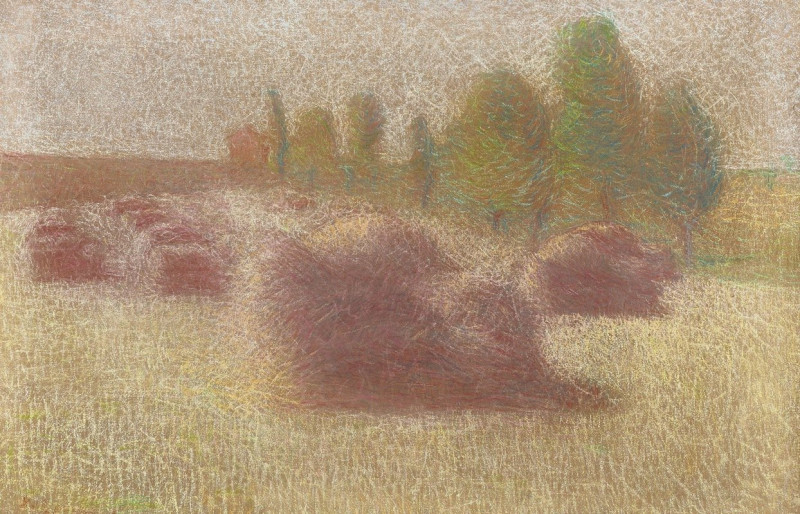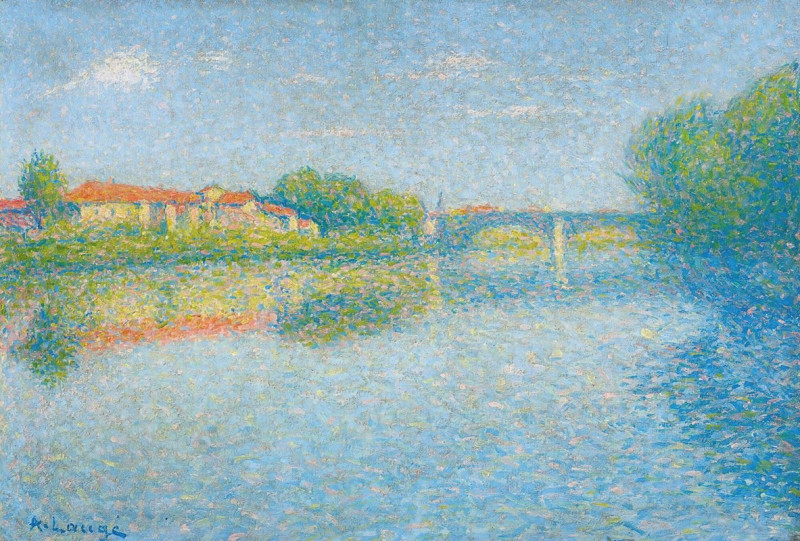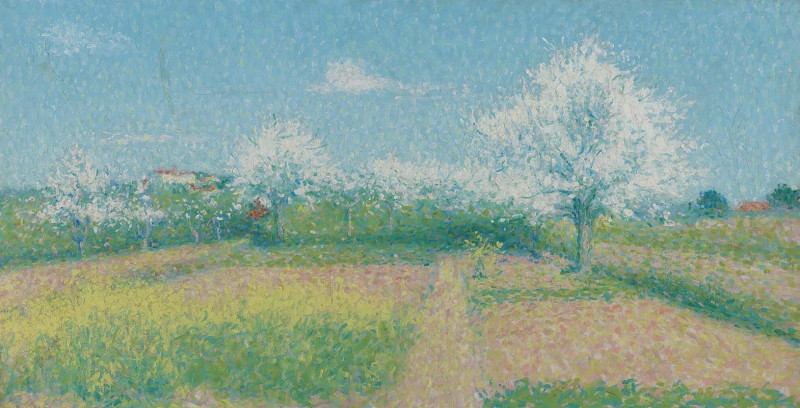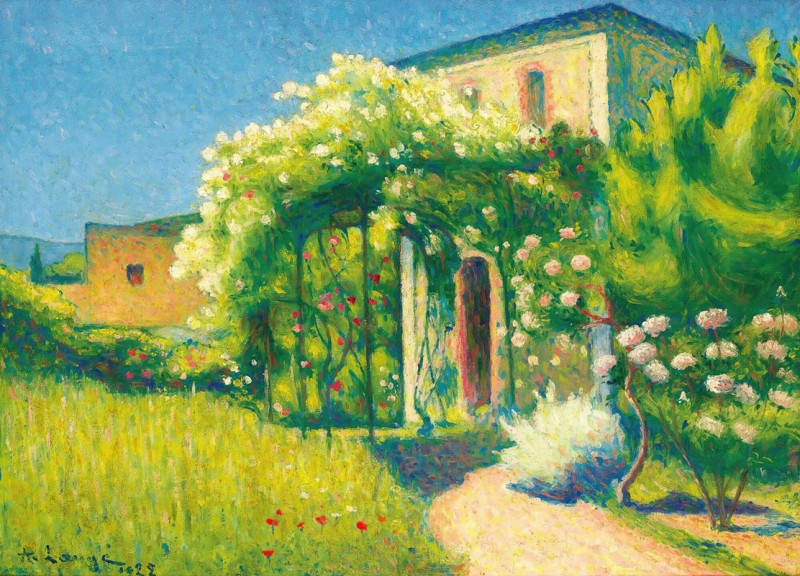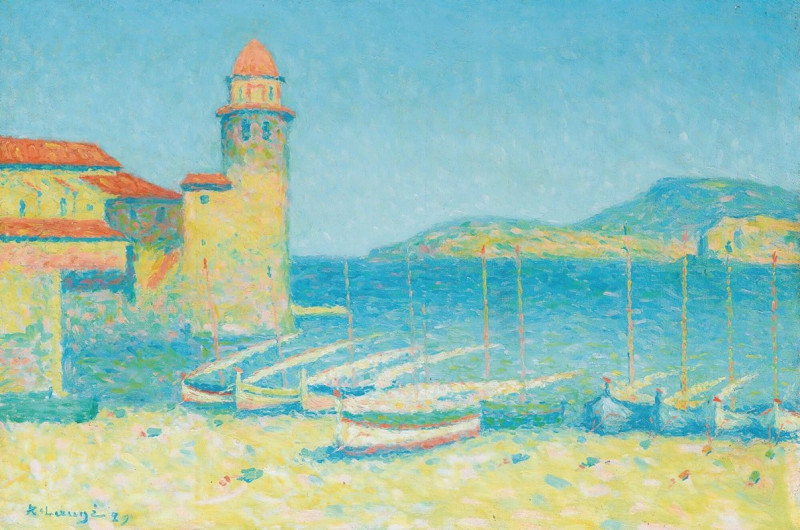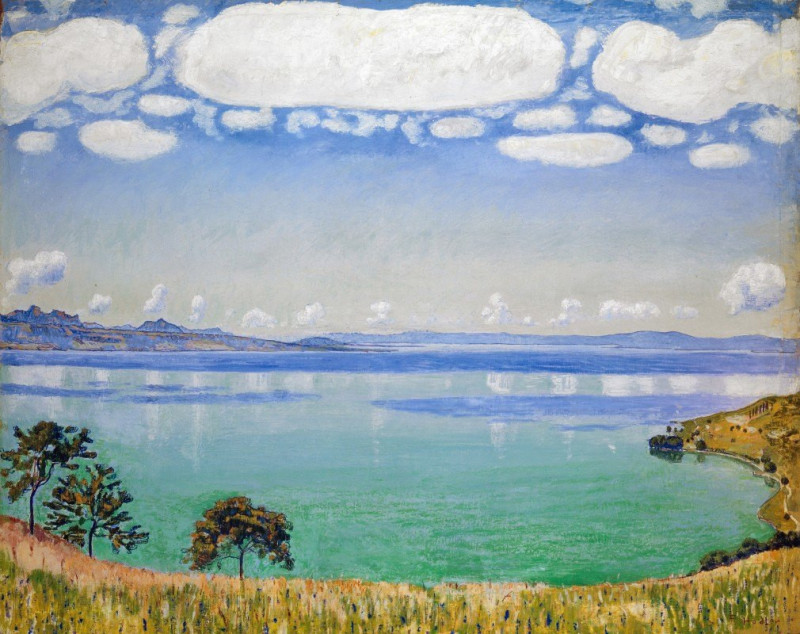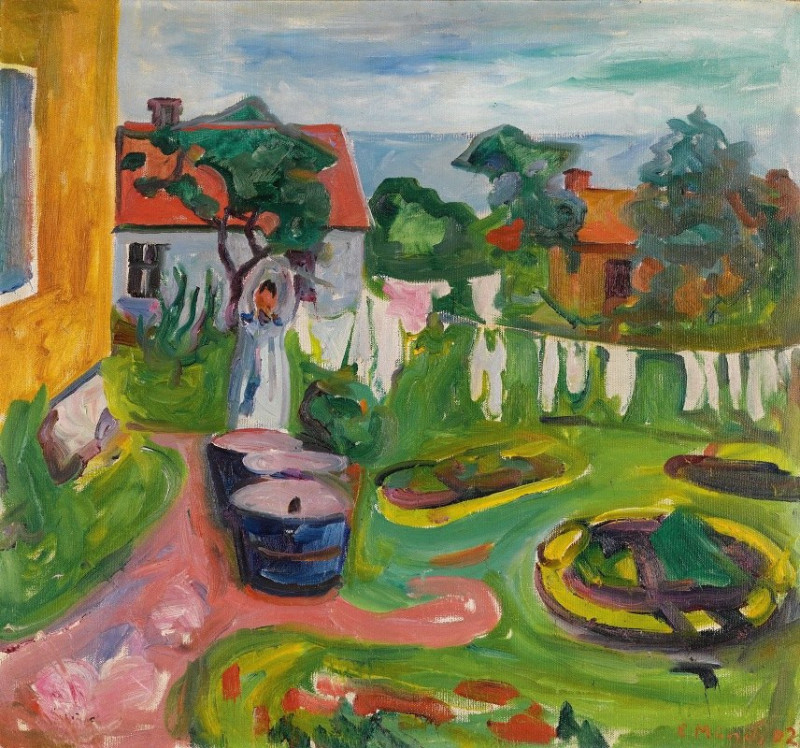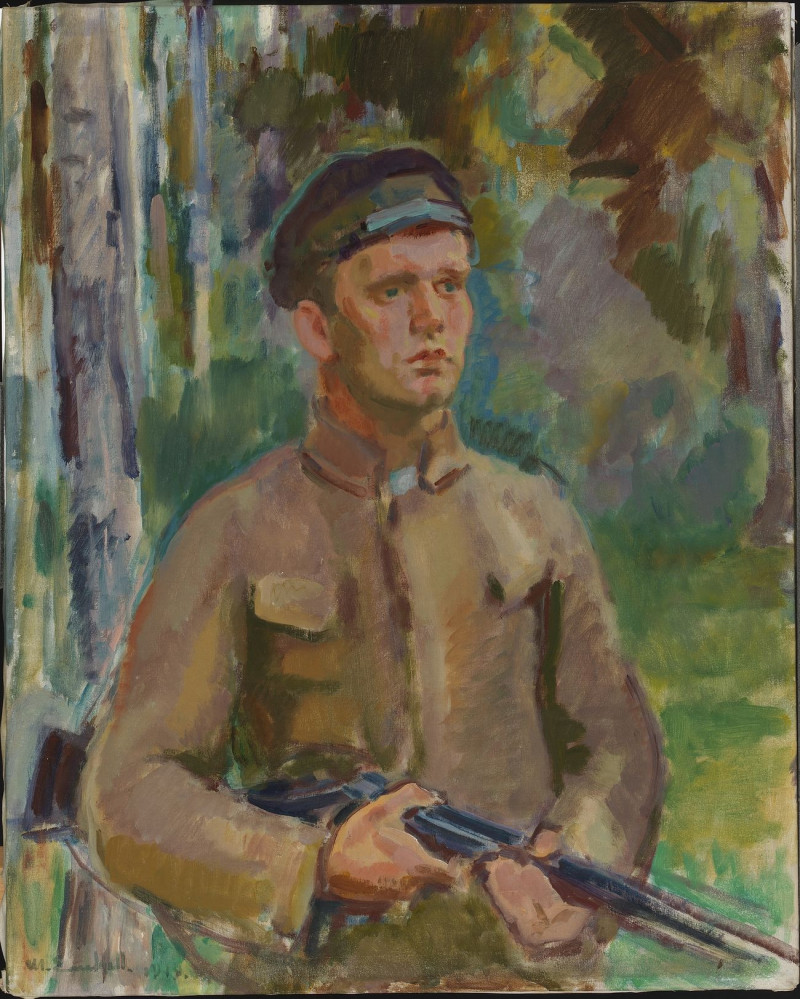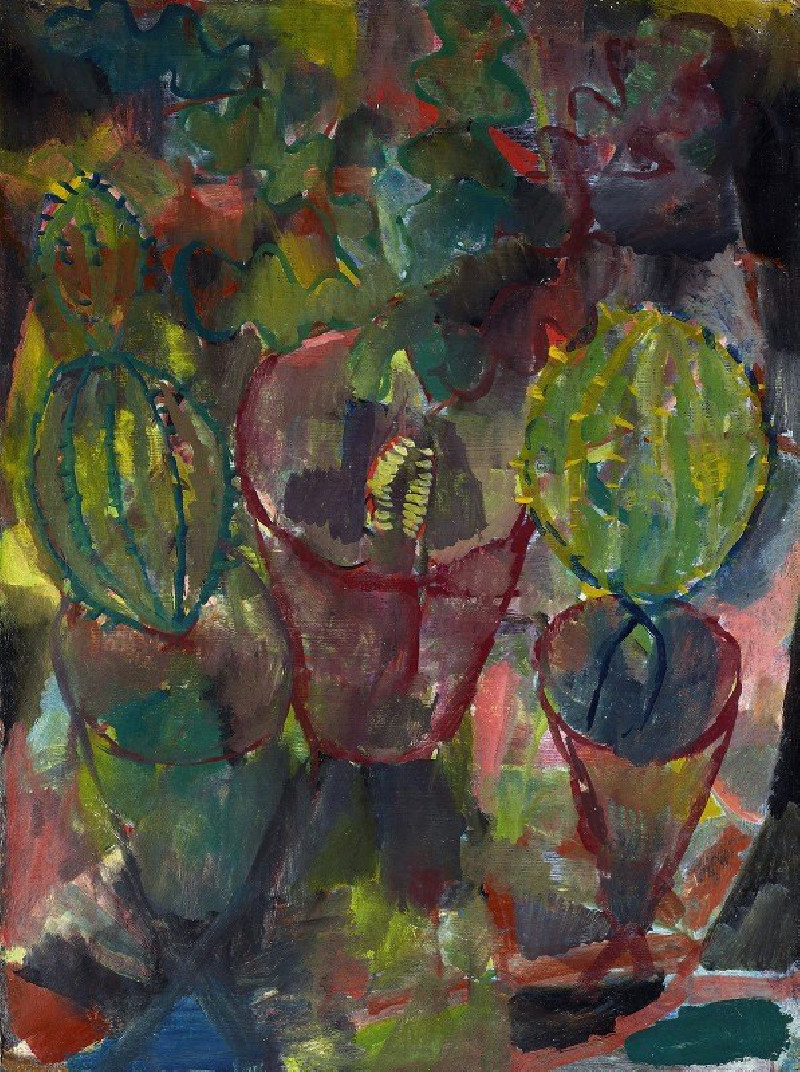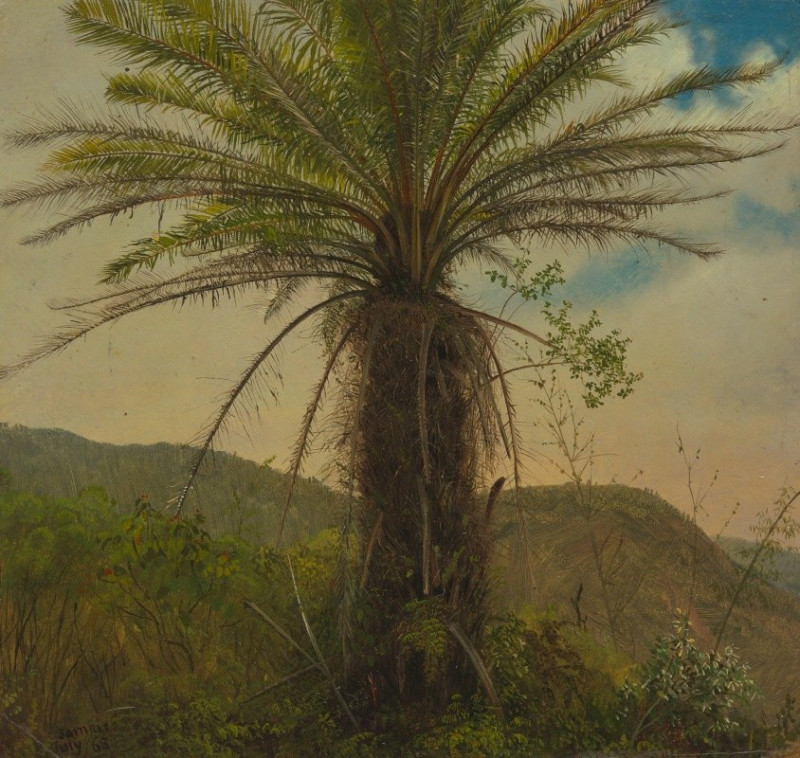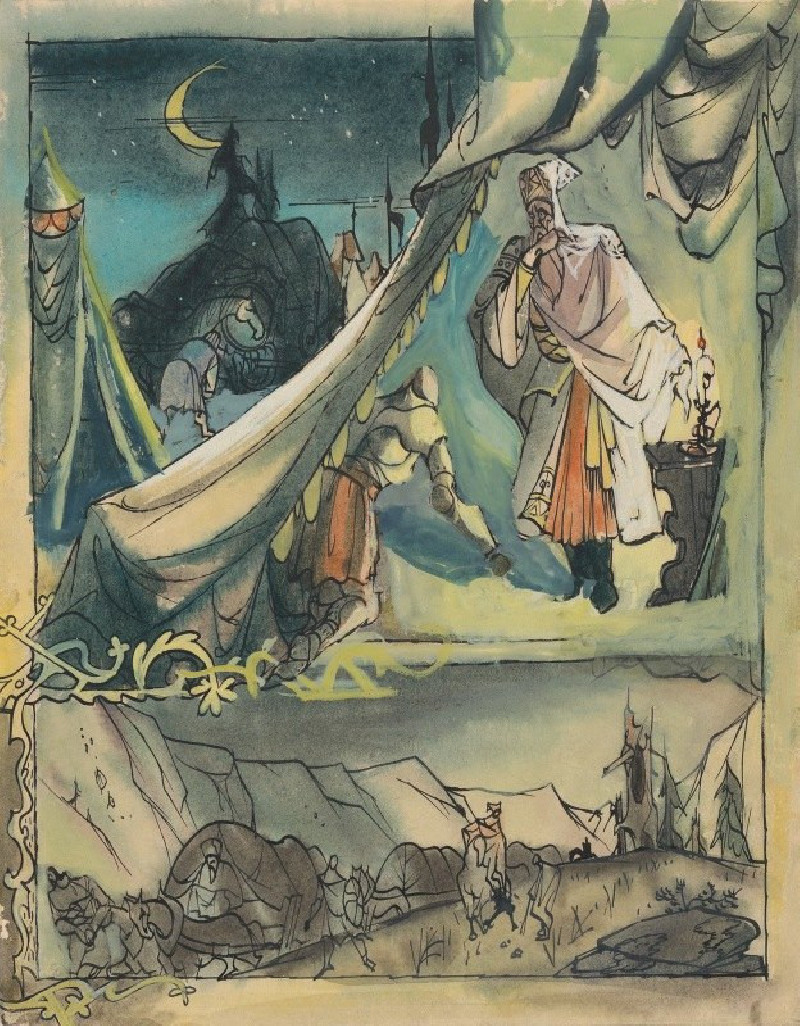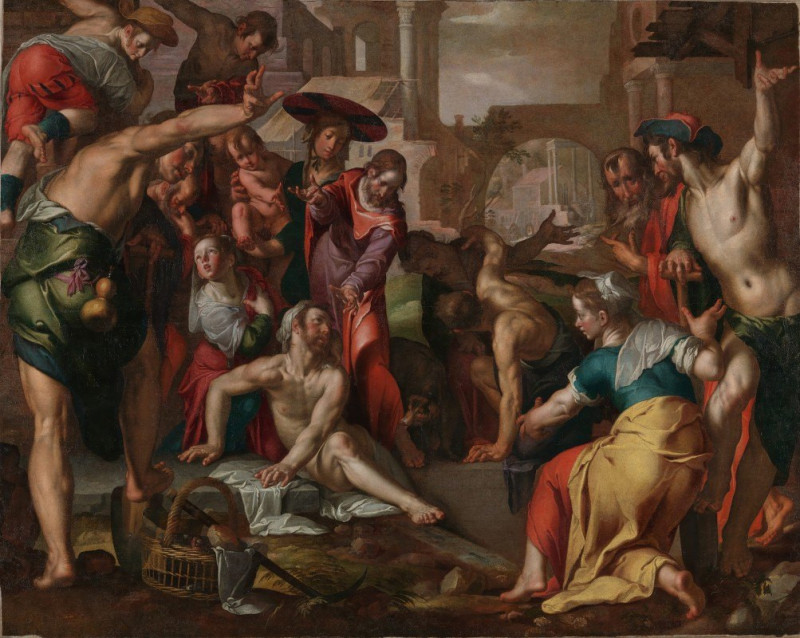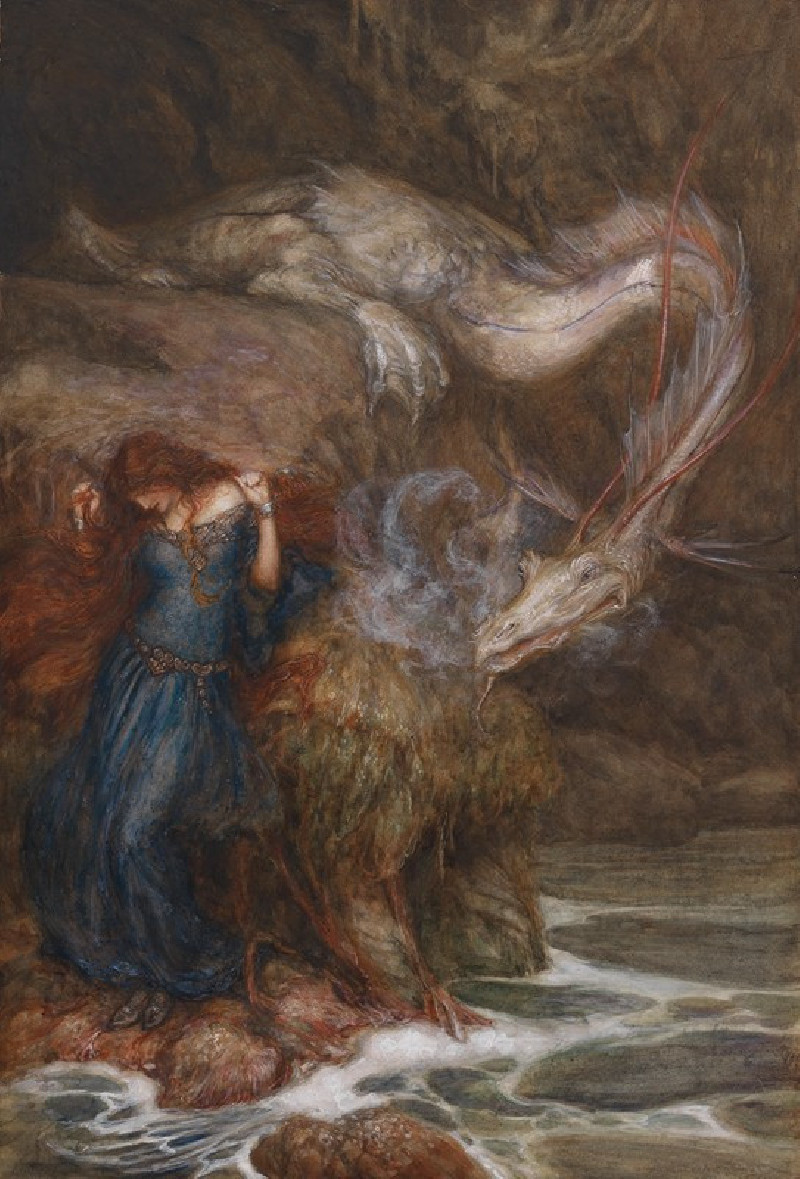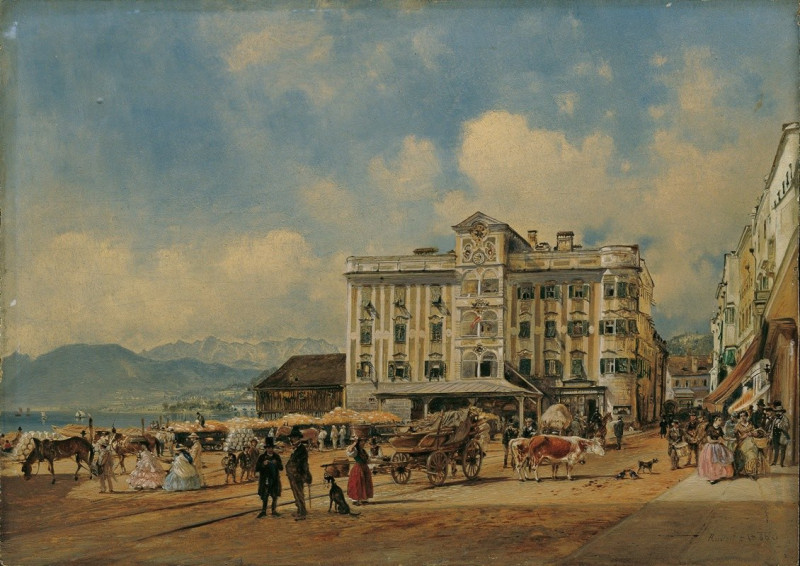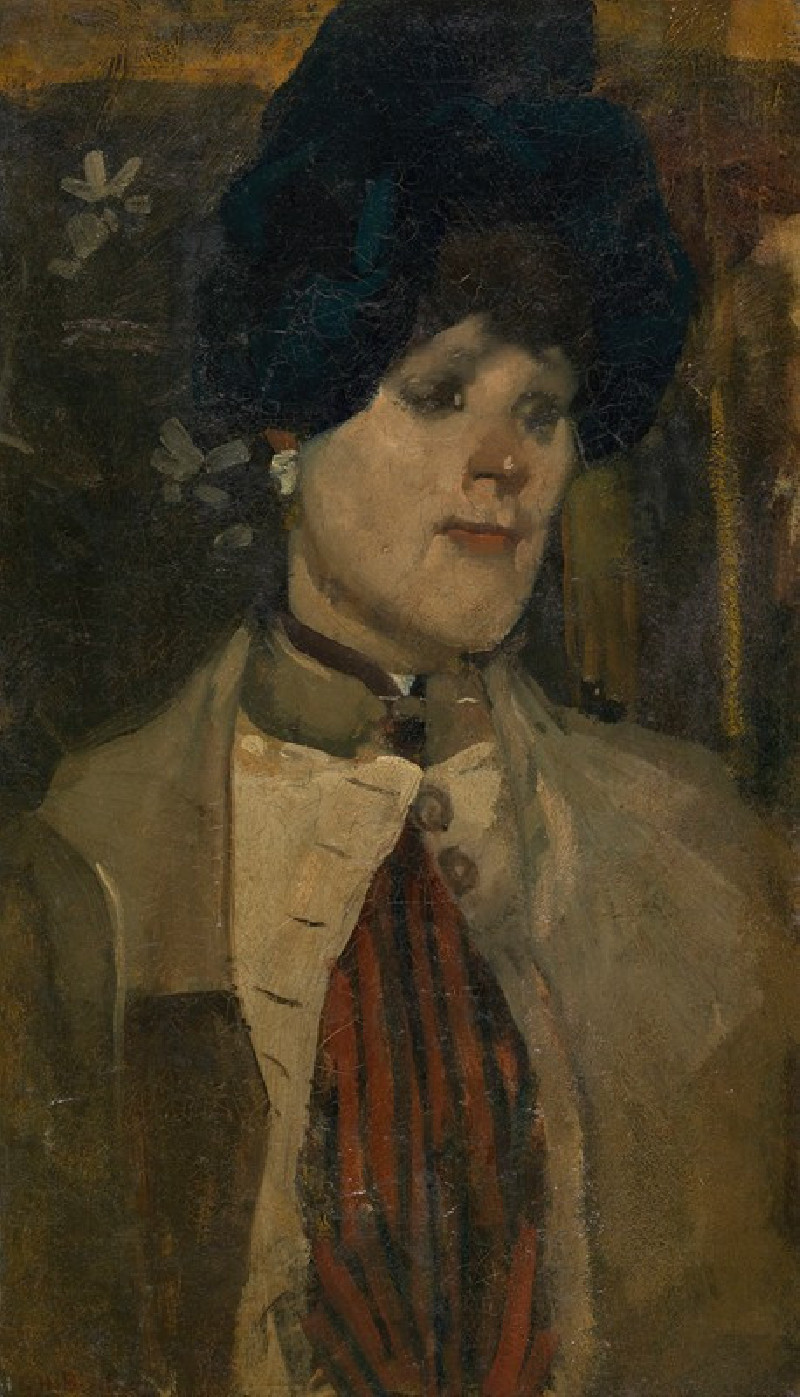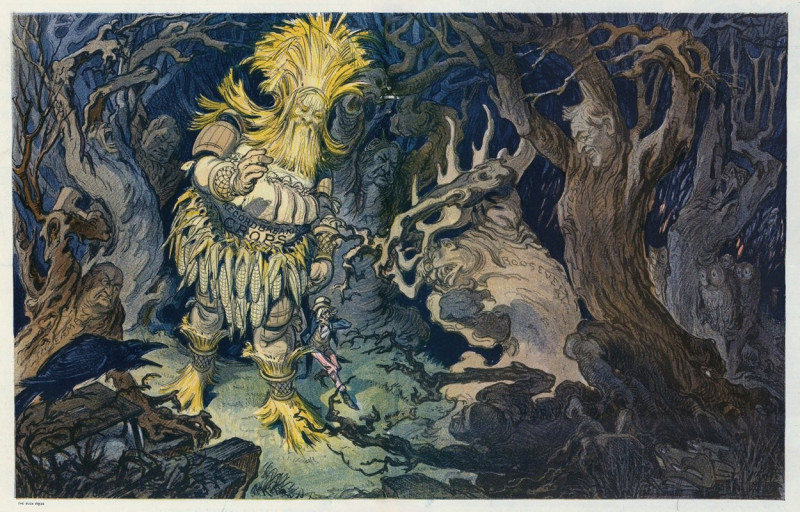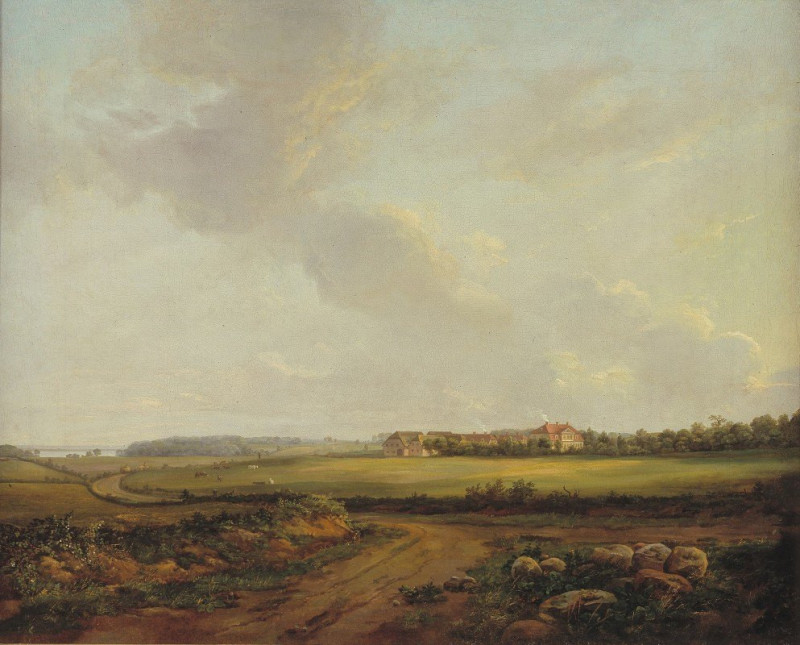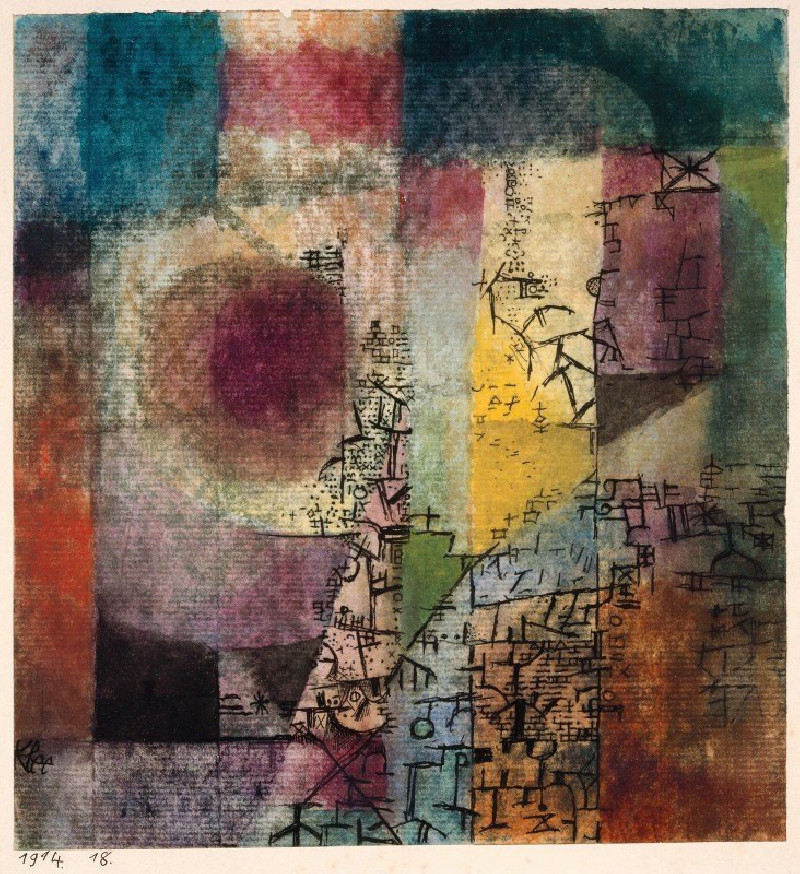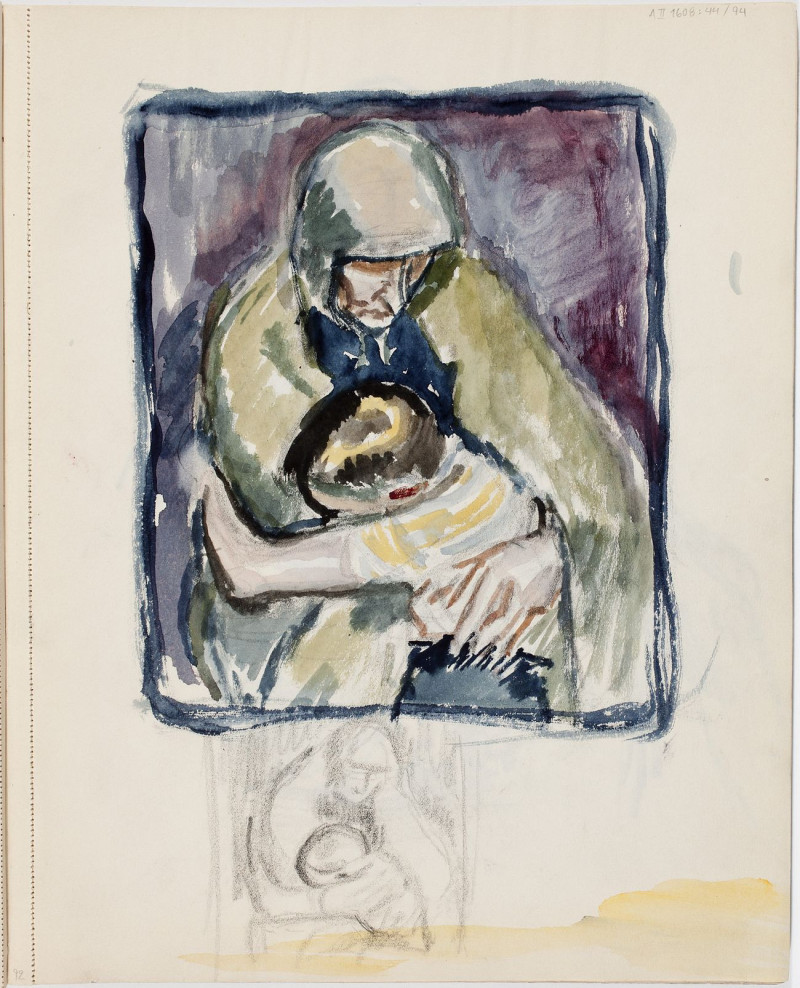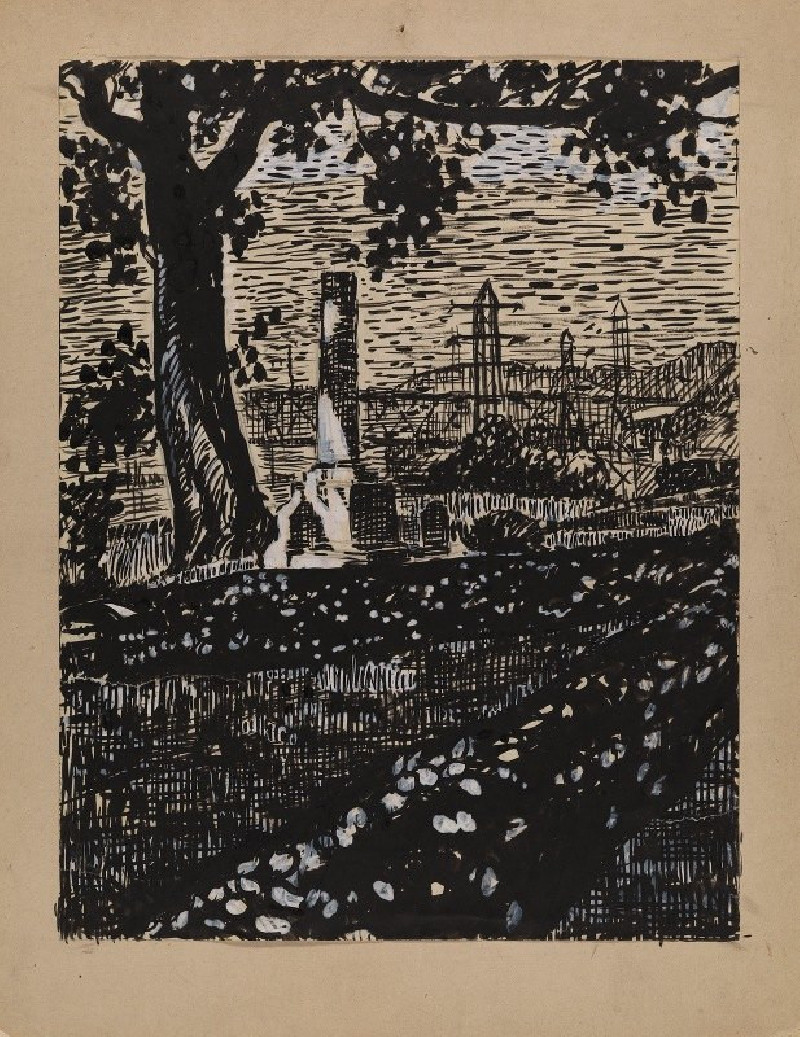La route (The Road) (1893)
Technique: Giclée quality print
Recommended by our customers
More about this artwork
Discover the enduring allure of Achille Laugé's "La route" (The Road), a captivating 1893 masterpiece that embodies the essence of Neo-Impressionism. This tranquil landscape painting invites viewers on a visual journey along a serene country road, framed by slender trees and stretching into the horizon beneath a soft, expansive sky.Laugé's meticulous application of the pointillist technique is evident in the vibrant, bustling dots of color that coalesce into a cohesive and harmonious image when viewed from a distance. Each dot contributes to the overall texture and depth, playing with light and shadow to masterful effect. The subtle interplay of colors and the gentle gradient of the road, escort our gaze through the painting, evoking a sense of peaceful, rhythmic motion."La route" is more than just a depiction of a simple rural pathway; it is a reflective piece that encourages the viewer to contemplate the beauty of the mundane and the quiet moments of everyday life. It presents a world where nature's subtle and understated beauty can be profoundly moving.
Delivery
Returns
The painter Achille Laugé (1861-1944) was born in Arzens, France. After studying at the famous art academies of the time, the artist followed his own unique path in the Neo-Impressionist movement, always remaining deeply attached to his native region of Occitania. Laugé never followed the methods and advice of his teachers, and his work was considered radical for his time.



